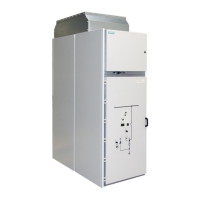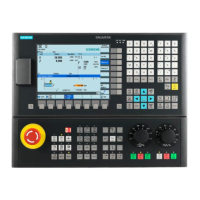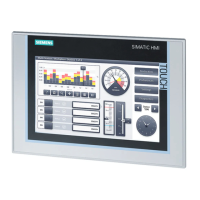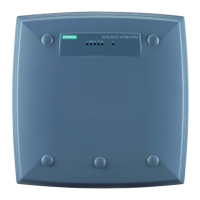Safty–Related Guidelines
©
Siemens AG C79000-D8076-C402-04
4
6 Active and Passive Faults in Automation Equipment
D Depending on the particular task for which the electronic automation equipment is used, both
active as well as passive faults can result in a dangerous situation. For example, in actuator
control (e.g. press control), an active fault is generally dangerous because it can result in an
unauthorized startup of the actuator. On the other hand, a passive fault in a signalling function
(alarm signalling system) can result in a dangerous, command-blocking operating state not
being reported to the operator.
D This differentiation of the possible faults and their classification into dangerous and non-
dangerous faults, depending on the particular task, is important for all safety considerations in
respect of the product supplied and the its interaction with the process to be controlled.
Warning
In all cases where a fault in an automation equipment can result in severe personal injury or
substantial damage to property, ie. where a dangerous fault can occur, safety-related and
fail-safe systems (in general prototype-tested by the German Technical Inspectorate (TÜV))
must be used or additional external measures be taken or equipment provided to ensure or
force safe operating conditions even in the event of a fault (e.g. by means of independent
limit monitors, mechanical interlocks etc.).
7 Procedures for Maintenance and Repair
If measurement or testing work is to be carried out on an active unit, the rules and regulations
contained in the "VBG 4.0 Accident prevention regulations" of the German employers liability asĆ
surance association (Berufsgenossenschaften) must be observed. Particular attention is drawn
to paragraph 8 "Permissible exceptions when working on live parts". Use only suitable electrical
tools.
Warning
D Repairs to an item of automation equipment may only be carried out by Siemens service
personnel or an authorized Siemens repair center. For replacement purposes, use only
parts or components that are contained in the spare parts list or listed in the "Spare parts"
section of this manual. Unauthorized opening of equipment and improper repairs can result
in loss of life or severe personal injury as well as substantial property damage.
D Before opening the equipment, always remove the power plug or open the disconnecting
switch.
D Only use the fuse types specified in the technical specifications or the maintenance
instructions of this manual.
D Do not throw batteries into an open fire and do not carry out any soldering work on batteries
(danger of explosion). Maximum ambient temperature 100°C. Lithium batteries or batteries
containing mercury should not be opened or recharged. Make sure that the same type is
used when replacing batteries.
D Batteries and accumulators must be disposed of as classified waste.
D The following points require attention when using monitors:
Improper handling, especially the readjustment of the high voltage or fitting of another tube
type can result in excessive X-ray radiation from the unit. The license to operate such a
modified unit automatically lapses and the unit must not be operated at all.
The information in this manual is checked regularly for updating and correctness and may be modified without prior notice.
The information contained in this manual is protected by copyright. Photocopying and translation into other languages is not
permitted without express permission from Siemens.
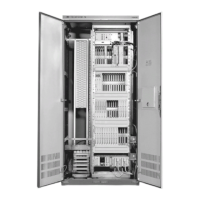
